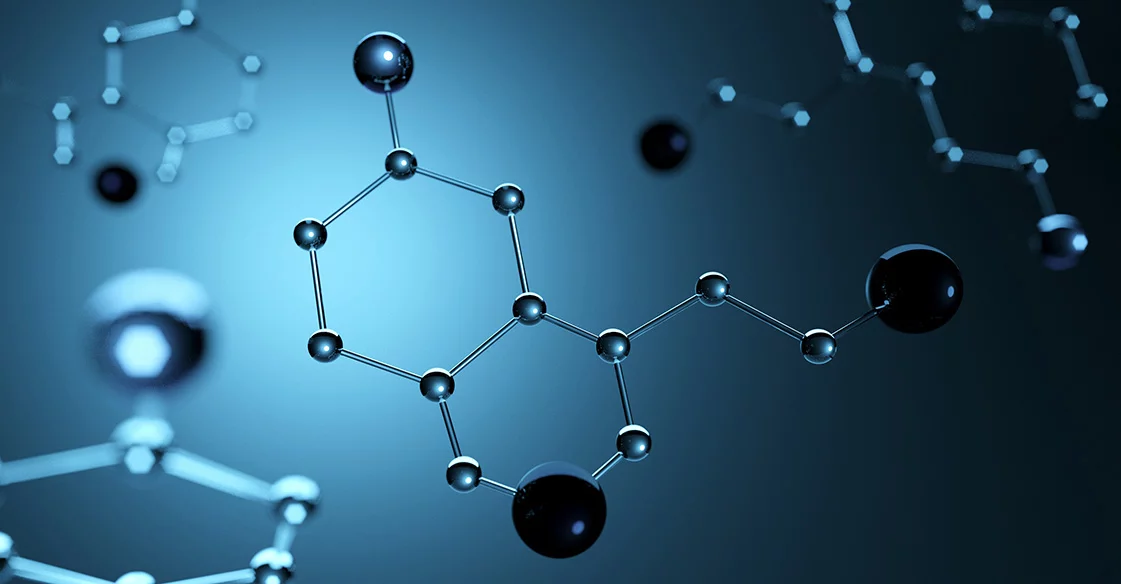Researchers have found one of the causes of neuroblastoma’s resistance to treatment. The findings have ramifications for how future therapies should be created. The research was undertaken by Lund University in Sweden, and the results were reported in Science Advances. Neuroblastoma is a deadly cancer of the sympathetic nervous system, particularly the adrenal gland. Despite intensive chemotherapy treatment, the disease can be difficult to cure, and the prognosis for children with the aggressive type is bleak. One of the causes is that the tumour frequently develops medication resistance.
In order to understand what happens when the tumour becomes resistant, good disease models are needed that can mimic the complex drug treatment given to patients today:
“Tumours from patients with neuroblastoma look very different, and it is difficult to produce a model that is representative of many patients. This type of challenge often limits medical research”, explains the study’s first author, Adriana Manas, child cancer researcher at Lund University.
However, the researchers have now succeeded in building a model in mice using human neuroblastoma tumour cells, allowing them to track the pathways that occur when particular tumour cells gain treatment resistance. “What happens is that the tumour cells change to mimic embryonic cells from the fetal development phase. These embryonic tumour cells are more resistant to chemotherapy”, says research group leader Daniel Bexell, who led the study.
It has long been recognised that genetic alterations are required for neuroblastoma to originate and progress into an aggressive tumour. When it comes to resistance, however, it is not so much about genetic alterations as it is about cells swiftly adapting their behaviour. The researchers believe that the cells in their young form can adapt and survive in changing environments, which is why embryonic tumour cells are less susceptible to treatments.
“Current treatment with chemotherapy targets rapidly dividing tumour cells. Our research results can contribute to new treatments which better reach the entire tumour, in order to avoid the development of resistance. In future research, it will be important to understand how to specifically target the embryonic state of the neuroblastoma cell in order to cure patients”, concluded Daniel Bexell.





